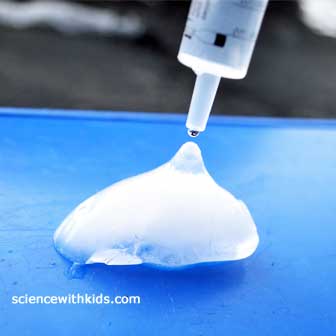
3
DifficultyHow to Make Ice
Kids can watch how ice is formed from water
Posted by Admin / in Earth Science Experiments
Materials Needed
- non-insulated thin cup - (wax-coated paper cup or metal cup)
- bowl - Larger than cup
- salt
- spoon
- ice cubes
- medicine dropper or straw
Title
Step 1: Pour some cold tap water in a bowl.
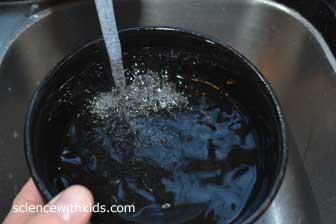
Step 2: Add ice cubes to the bowl of water.
Step 3: Add salt to the water and ice. We want to get the water as cold as possible. Saltwater has a lower freezing point than fresh water.
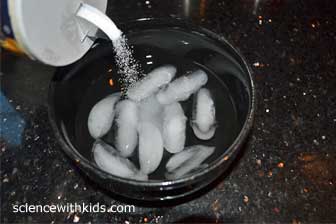
Step 4: Stir the saltwater and ice mixture. Add more ice.

Step 5: Pour some cold tap water and fill the cup 3/4 full.
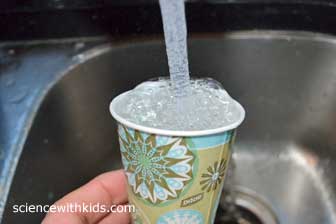
Step 6: Place the fresh water cup in the middle of the saltwater bath. Allow the water temperature in the cup to lower by allowing it to sit in the saltwater bath for 10 minutes.
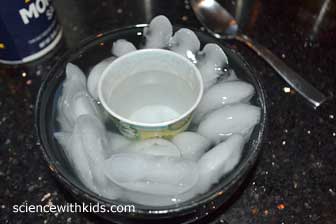
Step 7: Carefully take the bowl and cup that was prepared in steps 1-6 to a place where it is OK to spill some water. This can be inside or outside. We performed the example experiment outside in air temperature near 40°F. This experiment will also work inside. It will not work outside if the air temperature is higher than 70°F or there is strong sunlight in the experiment area.
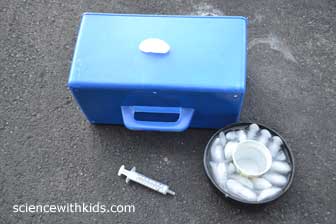
Step 8: Place an ice cube on a flat surface.

Step 9: Fill the medicine dropper or straw with fresh water from the center cup. If you are using a straw, you will need to place a finger over the top end of the straw to hold the water inside the straw.
Step 10: Drip water on top the ice cube. Allow a few seconds between drops.
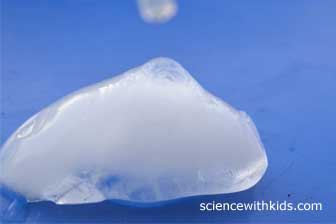
Step 11: Keep adding drops of water to the top of the ice. Soon you will start to notice a difference in the shape of the ice cube.
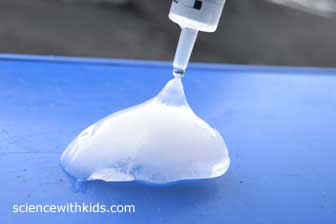
What Did We Learn About Making Ice
Water changes from a liquid to a solid at a temperature of 32°F (0°C). In our experiment, we started with cold water at a temperature near freezing, aided by the saltwater bath. When the liquid water is dripped on the ice, the temperature is lowered enough to change it to a solid.
Resources:
-
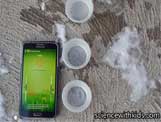
2
DifficultyWater Temperature Freezing Experiment
Experiment with changing the freezing temperature of water.
-
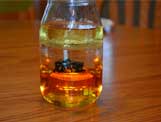
2
DifficultyLiquid Density Experiment
Experiment with different liquids to see how their density varies and what happens when they are mixed.
-
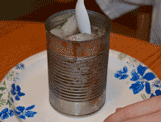
2
DifficultyWater Cycle Experiment
See all of the phases of the water cycle with this easy experiment.
-
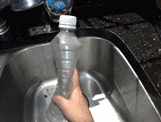
2
DifficultyAir Pressure Experiment
This quick and easy experiment demonstrates how temperature effects the volume of air.
-
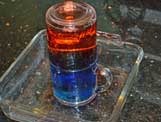
2
DifficultyHot and Cold Water Density Experiment
See what happens to water density when it is heated or cooled with this experiment.
-
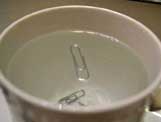
1
DifficultyWater Surface Tension Experiment
Learn about the power of hydrogen bonds in water.
